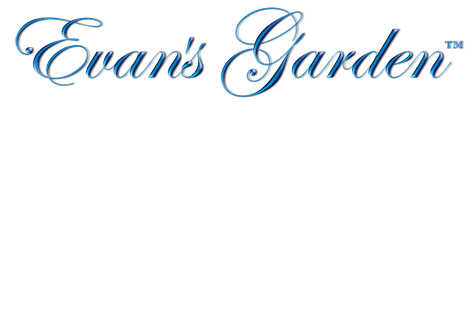Book Review: Beauty to Die For by Judi Vance
Judi Vance, author of Beauty to Die For – The Cosmetic Consequence has been writing and lecturing on cosmetic safety for over a decade. Some years ago, we purchased her book and were very impressed by her courage in speaking out so openly. Here are a few quotes from the book.
“Not everything we women do in an attempt to enhance our beauty is necessarily good for us. Years ago, in the Elizabethan times, it was fashionable (and aristocratic) to present a pasty white complexion. Women powdered their faces with a mixture including white lead called ceruse, and colored their lips with a reddener containing fucus-red mercuric sulfide. Even though this beauty regime destroyed the outer layer of skin, they continued using these poison palettes well into the 18th century.”
“Today isn’t much different,” Vance contends. “Thousands of Filipino women expose themselves to the dangers of severe skin disorders and possibly even cancer through their desire to have paler skin. Although the full extent of the dangers of hydroquinone, the active ingredient in the skin bleaching cream are still unknown, U.S. studies have linked it with leukemia, liver damage, and thyroid disorders. Animal studies show that it could cause mutations in developing fetuses.”
“In our quest for beauty we forget that the skin is an organ that serves vital body functions.”
Says Vance, “most women have no idea that cosmetics could cause harm. They tend to think that the new “miracle” ingredients are coming from years of scientific discovery. Wrong! Most of the ingredients have been around for many years. It’s only now that they have moved from an industrial purpose into the world of beauty. The ultimate wrinkle removers (according to cosmetic ads) – alpha hydroxy acids – have been used for years in the processing of textiles, leather, and metal and also used in cleaning, polishing, and soldering compounds, copper pickling, adhesives, and electroplating.”
Vance, who is featured in the four-part Discovery Channel documentary called “Hope and Beauty: the Story of Cosmetics,” says “cosmetic chemicals are not adequately tested. The cosmetics business is a self-regulated industry and, as quoted by a Health Canada toxicologist, compliance is as low as 30 percent.”
The Centers for Disease Control (CDC) in Atlanta, Georgia recently published a study regarding the phthalates found in children’s soft plastic (vinyl) toys. The study showed that other phthalates, such as those used in fingernail polish, were at levels high enough to cause concern about birth defects. CDC issued warnings advising women not to use nail polish during pregnancy.
“Science doesn’t have all the answers,” Vance asserts. “There’s no scientific agreement on what tests can correctly determine whether someone’s immune or nervous system, or genes have been damaged. Nor is there a consensus on what constitutes a safe level of exposure. Reproductive, developmental and genetic damage is a non-threshold event and the only safe dose is zero. Until, science knows the answers to these baffling questions, avoidance of the suspect chemicals is probably our antidote.”
“Some women are becoming wise,” says Vance and calls the increase of natural cosmetic products available in the market as proof that safety is an issue. “Alternatives exist. Education is a must.”
Judi Vance is a speaker, author and publisher of the Cosmetic Health Report. She is an in-demand television and radio talk show guest. Her own hard-fought, emotionally harrowing journey back to health paved the way for the work she finds so fulfilling today — helping others see how our lifestyle choices contribute to ill health. Her philosophy and narrative comes from experience. She is the country’s leading crusader, demanding that cosmetics be brought out of their self-sanctioned immunity and reevaluated by way of long-term human studies. Vance’s book “Beauty to Die For” received much interest from the media in Canada and prompted Health Canada to adopt stricter laws to regulate cosmetic manufacture.
